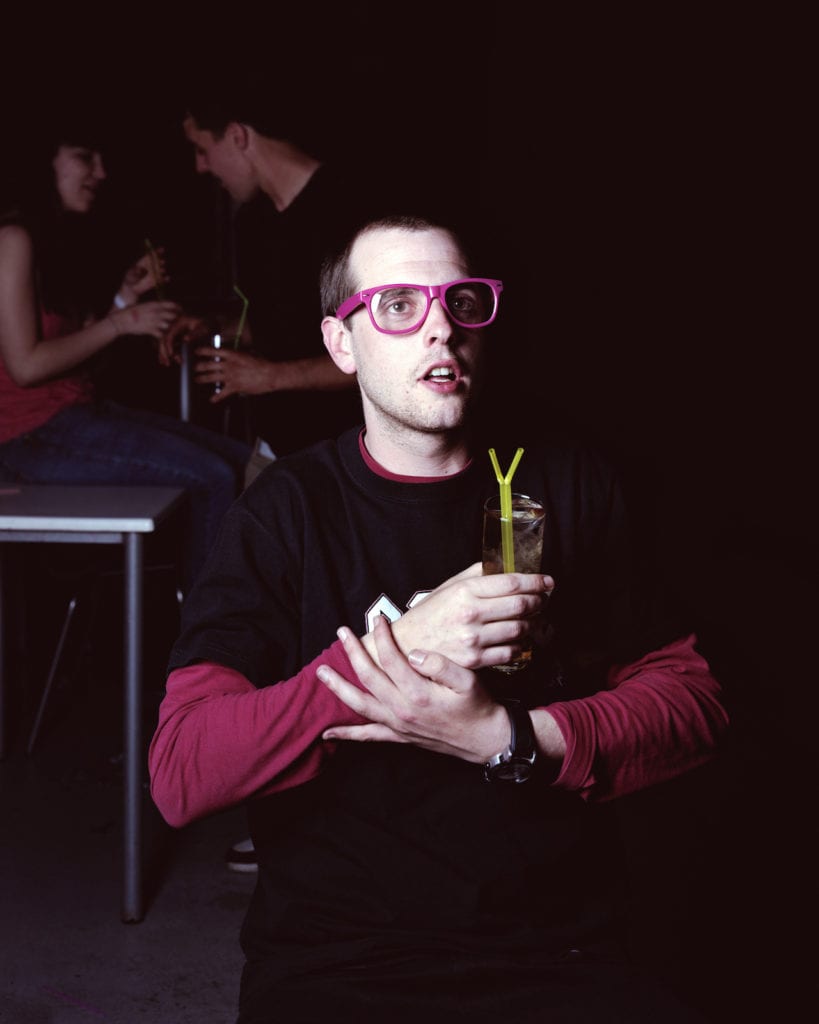Sunrise in Rome and Jesús Madriñán waits outside a nightclub on the streets of the Eternal City ready to take photos. These are not your typical party pictures, taken in the middle of the dance floor: for 18 months Madriñán has been documenting Rome’s youth as they emerge from clubs into the early morning daylight.
The portraits he captures are a window into the lives of young adults, in transient moments outside their day-to-day lives. “I was interested in showing these young people after a long night of partying,” explains Madriñán. “All that experience condensed in their eyes, but in front of an illuminated sky. I wanted to get contradictory images that would add the power and rawness of these young people to the idyllic and bucolic sunrise.”
Dopo Roma [‘After Rome’], the resulting series, depicts an often undocumented part of the night out – the elation, the excitement and the exhaustion that accompanies the end of the party. It’s a fleeting moment. The revellers united by their choice of venue fill the streets, then disperse in different directions back to their separate lives.
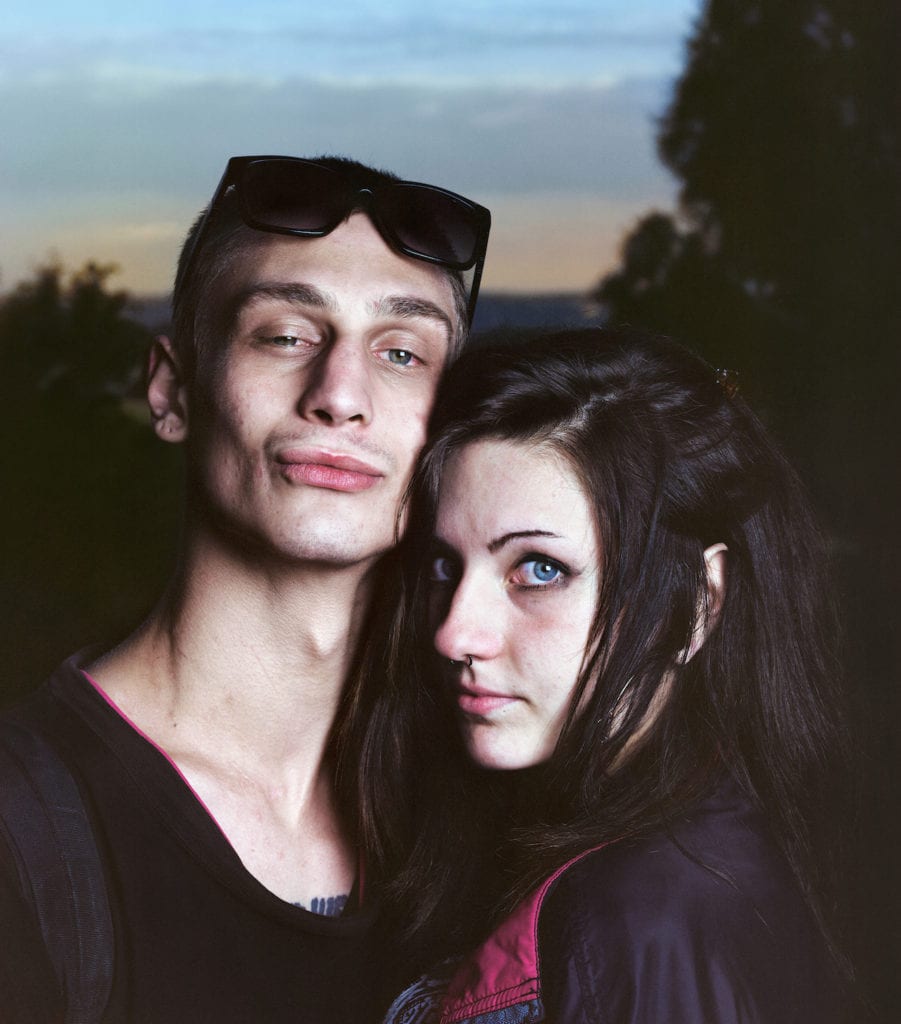
“[The photos are] discordant. For me, the after-hours club represents the best and the worst [feelings]. That freedom, that excitement, and energy, concentrated to the rhythm of music, but also the carelessness and disorientation of living to another beat, sheltered in the margins.”
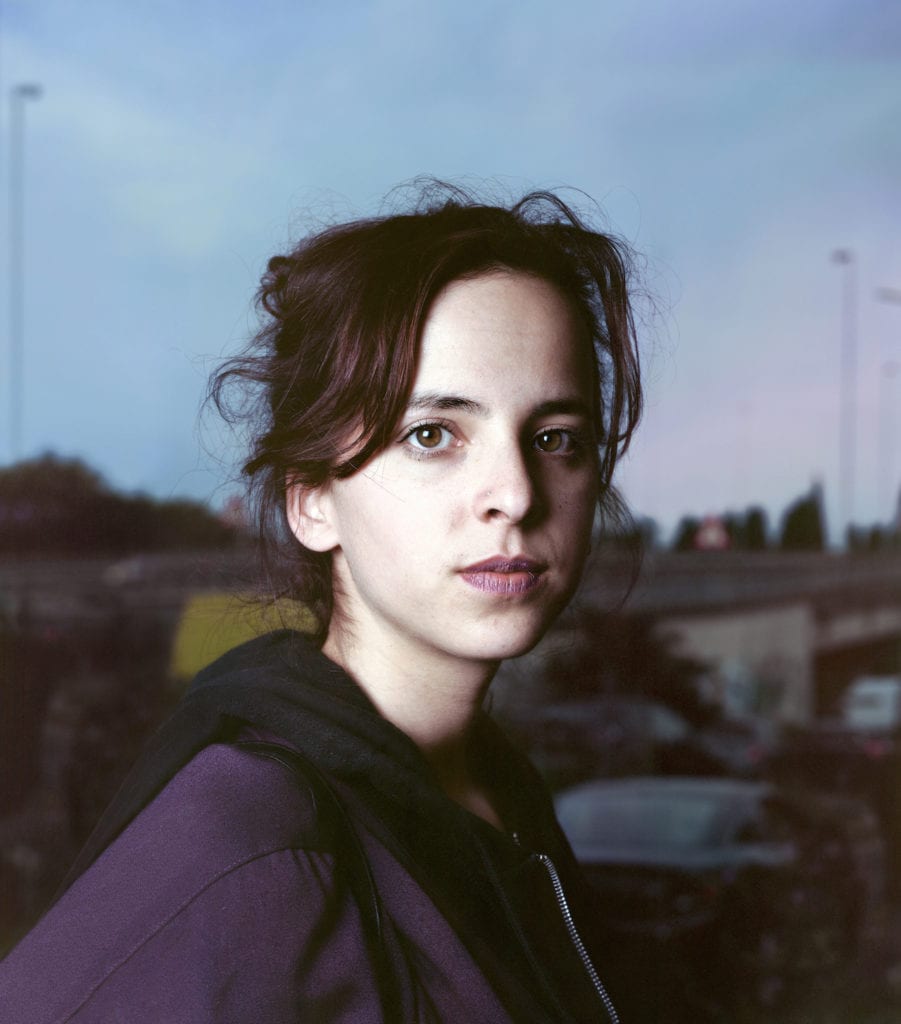
“When I was younger, nightlife was for me the place to take shelter, but I never felt totally comfortable in it,” he says. “There was always a sense of frustration in me at the end of every night. I did not really feel part of it. It was not my natural habitat.
“I used to sit on the floor of the disco to observe everything that happened around me, as if I were not part of it, as if the music had stopped but everything went on in silence,” he adds, recounting his first attempts to take photographs in nightclubs. Even so, he says he still relates to the sense of freedom that others find.
“Somehow [the club] meant hope, the chance of meeting someone, the comfort of being yourself without any kind of judgment,” he says. “In my solitude, all those human relations and behaviours that emerged at night, as a collective phenomenon, moved me.”
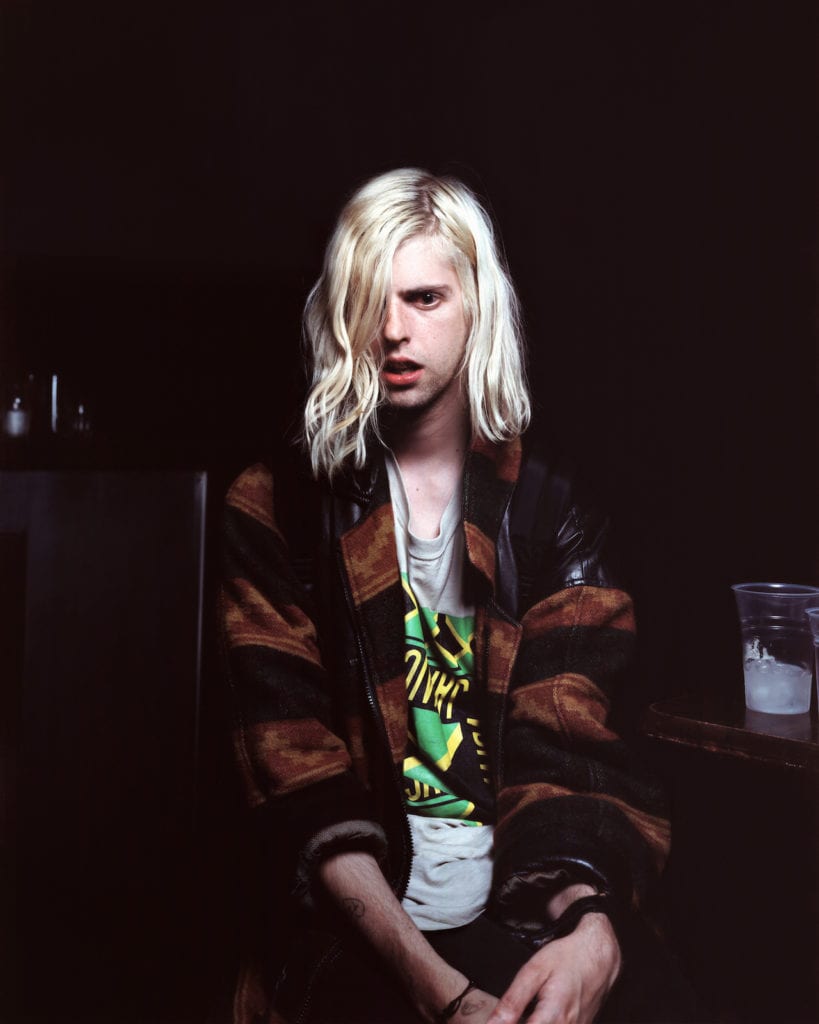
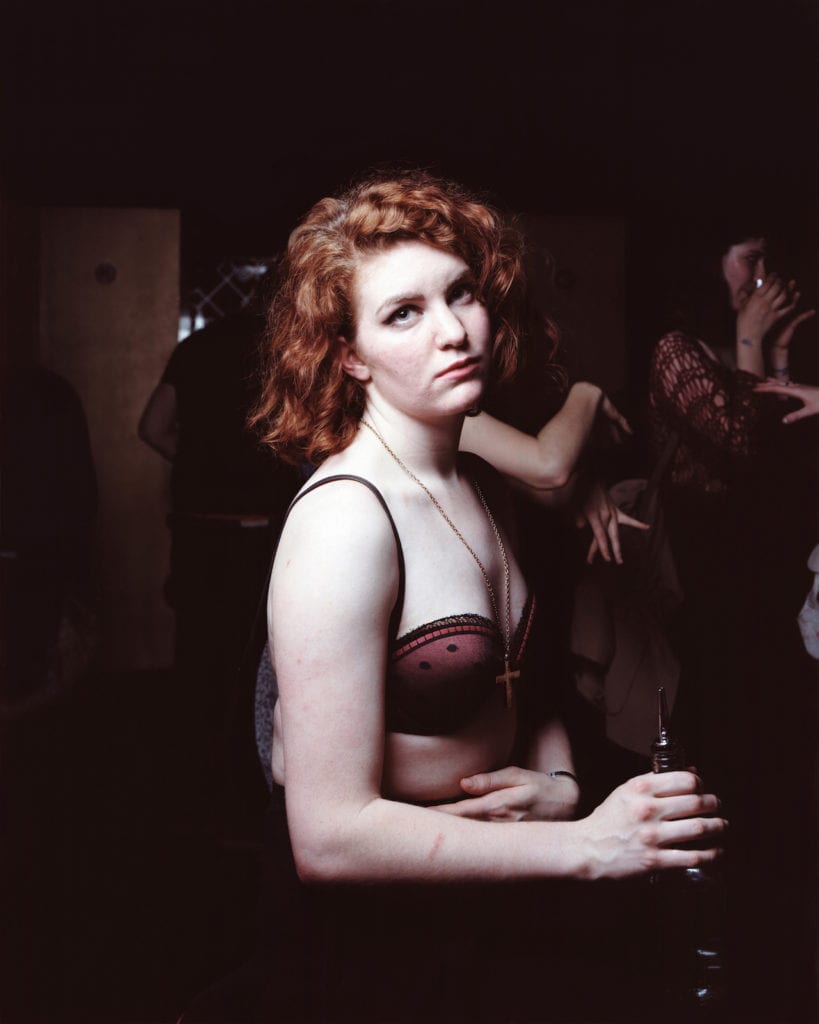
“Breaking onto a dance floor with a large format camera and a portable photography studio, paralyses everything that happens,” he says. “All the action suddenly stops, and the subject decides, then, whether to be sincere or disguised in front of the camera, taking a moment, under the lights, to think about it.
“For me that’s really interesting. It gives them the opportunity to express themselves, that’s what I’m looking for, to see what narrative they decide to acquire in front of the camera, in front of the eyes of the others. I feel attracted to those people who are shown in a transparent and honest way. I seek authenticity.”
By taking his project to multiple locations, Madriñán has highlighted the subtle differences between communities. In 2014 he started shooting in the Galicia region of Spain where Madriñán grew up, for example, comparing the experience of nightlife in its remote villages with his previous work in big cities. The subsequent photobook, Boas Noites, was nominated for the PHotoEspaña Best National Book Award.
“In Boas Noites, which seeks to document the nightlife in rural villages of Galicia, I accompany the portraits of its inhabitants with images of the nature surrounding the discotheques to contextualise them and endow the series with greater narrativity,” he says, adding that he now wants to explore this further by shooting clubbing in Madrid. Fleeting, and often written off as frivolous, nightlife shows itself as a revealing aspect of contemporary life, he says.
“[I want] to create a photo archive that captures the nature of the Spanish youth of the 21st century,” he says. “Photographs have the potential to acquire much more authority in posterity. For me it is important to register the present in order to build an archive that serves as documentation for the future.”
www.jesusmadrinan.com

